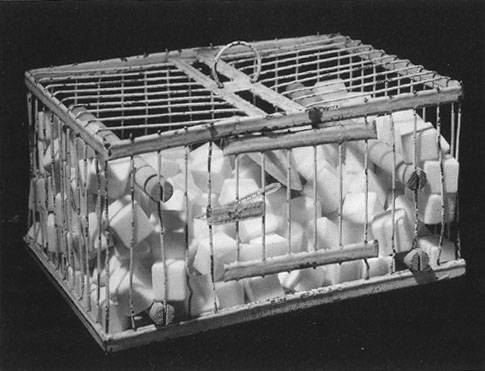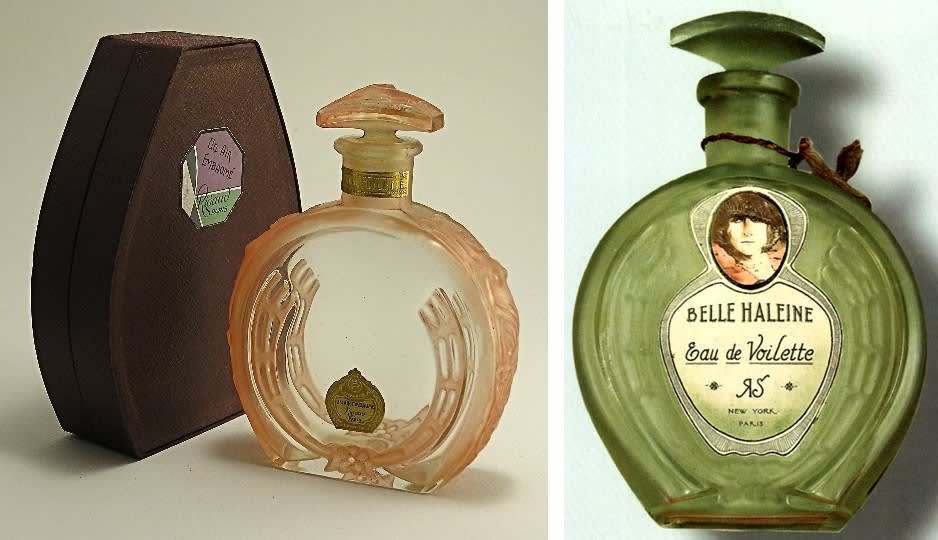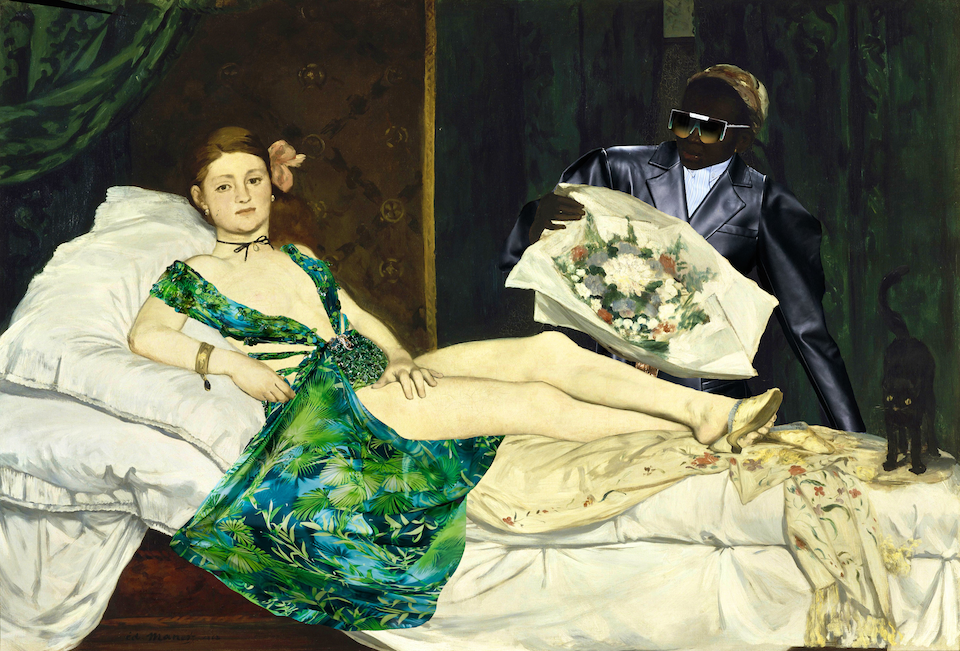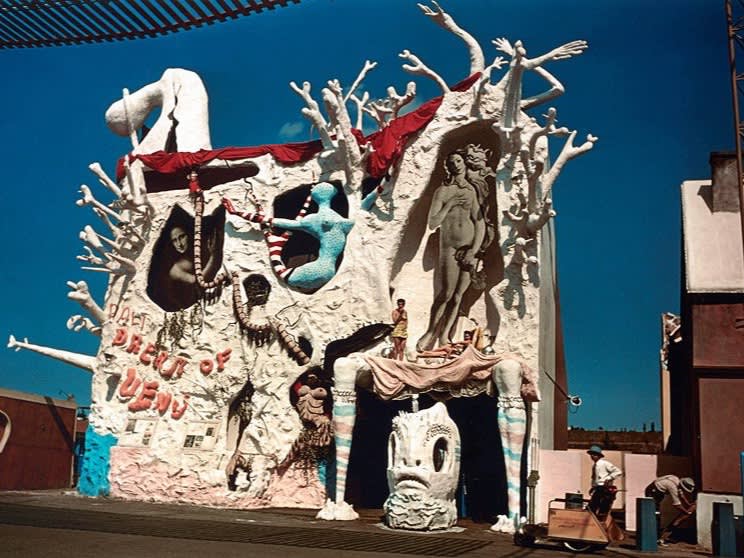Marcel Duchamp as Rose Sélavy
Photographed by Man Ray, 1923
Marcel Duchamp
'Why Not Sneeze Rose Sélavy?' 1921
Famously defiant French artist Marcel Duchamp broke boundaries though his avant-garde work and carefully crafted persona. Known for his renegade tendencies, Duchamp abandoned the art world in the 1920s to focus on advancing his skills in the game of chess.
Just before he bid adieu to his work as an artist, Duchamp spent a limited yet fruitful portion of his career embodying a female persona he crafted for himself, who went by the name of Rrose Sélavy. While Duchamp adopted this female alter ego on a personal level, it wasn’t long before she began appearing by title and by face in the artist’s work.
Marcel Duchamp
Fresh Widow, 1920
Marcel Duchamp
Fresh Widow, 1920
The name Rrose Sélavy first surfaced in 1920 when Duchamp signed his readymade ‘Fresh Widow’ with his cheeky pseudonym. Just months later, Duchamp completed his assisted readymade titled “Why Not Sneeze, Rose Sèlavy?”. The work, a commission by a devout collector, consisted of 152 marble cubes crafted to resemble sugar cubes, each stamped with a factory seal stating “Made in France,” all assembled in a small birdcage. By 1921, Duchamp was already reimagining the meanings and limitations of a readymade. The artist aimed to trick one’s senses through the inclusion of marble cubes as opposed to genuine sugar cubes. This simple adjustment qualified the work as an assisted readymade in that there was making involved in the piece and the origin of the objects were altered in the process of creation.

Marcel Duchamp
'Why Not Sneeze Rose Sélavy?' 1921
The foremost artistic example of Rrose Sélavy’s overwhelming authority in the work of Marcel Duchamp was an assisted readymade he produced in 1921 in collaboration with the artist’s creative confidant, Man Ray. The work, titled “Belle Haleine eau de Voilette” (Beautiful Breath: Veil Water) consisted of a Rigaud brand perfume bottle in which the artists altered in several capacities.

Marcel Duchamp and Man Ray
'Belle Haleine eau de Voilette' 1921
An image of Duchamp dressed as Rrose Sélavy taken by Man Ray appears on the front label, as do the initials ‘RS’, the R having been rendered backwards, possibly representing the binaries that exist within the image of Duchamp as a female; not a woman but a man, not Duchamp but a woman. Lastly, the back label of the perfume’s box is signed Rose Sélavy, ultimately denoting neither Man Ray nor Duchamp as the work’s artists, but rather Ms. Sélavy
This image shot by Man Ray soon became the archetypal photo one associates with Duchamp’s female alter ego and one of the few which ever surfaced.


